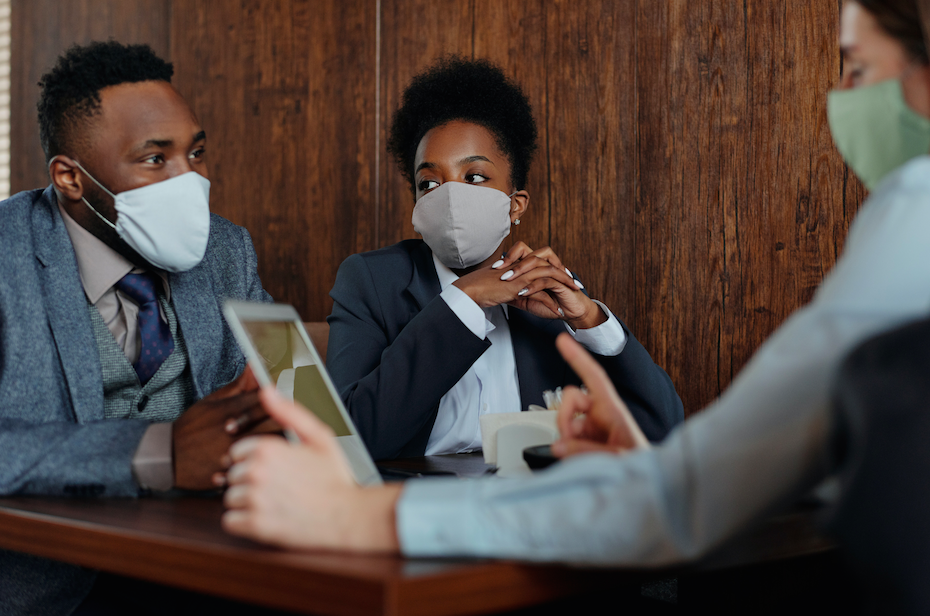As lockdown measures across the U.K. slowly ease, many offices have begun making preparations for employees to come back to work. This is only the case for those who can’t work from home, as government guidance still urges for people to work remotely where possible.
In a bid to keep people safe and control infection rates, many workspaces are sure to see an introduction of such preventative measures as hand-sanitiser, face masks, and other tools that help to promote social distancing. However, whilst these are all important steps to take, there could potentially be a range of alternative, innovative technologies that could revolutionise the way COVID-19 is currently being tackled. Of these include:
- Germicidal ultraviolet
- Advancements to ventilation systems
- Self-cleaning surfaces
Germicidal Ultraviolet
Whilst by no means a new technology, the coronavirus pandemic has breathed life into an approach for tackling the spread of germs known as germicidal ultraviolet. This technology uses UV beams of light to destroy both viruses and bacteria, damaging their RNA and DNA respectively.
Unfortunately, one major issue with germicidal ultraviolet is the concerns it raises for people’s skin and eye health – meaning it has to be placed safely and securely, either high up in encased light fixtures or within air conditioning systems.
Advancements to Ventilation Systems
Others have argued that whilst impressive new technologies do show promise, given the time pressure to develop COVID-19 tackling technologies, advances to existing systems may be the way forward, including heating, ventilation and air conditioning (HVAC) systems. It’s been claimed that these ventilation systems can help to prevent airborne microdroplets.
Advancing existing technologies in ventilation could be a more time-effective way to innovate how we tackle COVID-19. However, advancing this technology will still require significant amounts of time dedicated to making effective improvements.
Self-Cleaning Surfaces
Another type of technology which could help to reduce the spread of coronavirus is self-cleaning surfaces. It’s claimed that the novel coronavirus can live on both plastic and steel for 72 hours. What some researchers have put forward are self-cleaning surfaces that kill viruses in a matter of seconds/minutes. One company in particular, NitroPep, is currently creating material layers with spike-like particles that have the ability to puncture viruses, killing them in minutes.
These “spikes” could potentially be added to desks, walls and other types of surfaces throughout office spaces, helping to kill viruses quicker than the surfaces previously could. Whilst this technology has yet to be tested on coronavirus, if effective, it could help to significantly control infection rates.
NitroPep claim: “While research is currently being planned on the effectiveness of our NitroPep-coated surfaces against coronaviruses, we currently have no available test data to show efficacy of NitroPep chlorhexidine-coated surfaces against SARS-CoV-2 and therefore assumptions on its efficacy are in accordance with WHO guidelines”
Whilst it’s unknown precisely how technologies will develop to help tackle the spread of COVID-19, as lockdown measures ease, it’s exciting to see the inspired innovations explored, and how they could potentially become integral to helping the working world start back up again.
